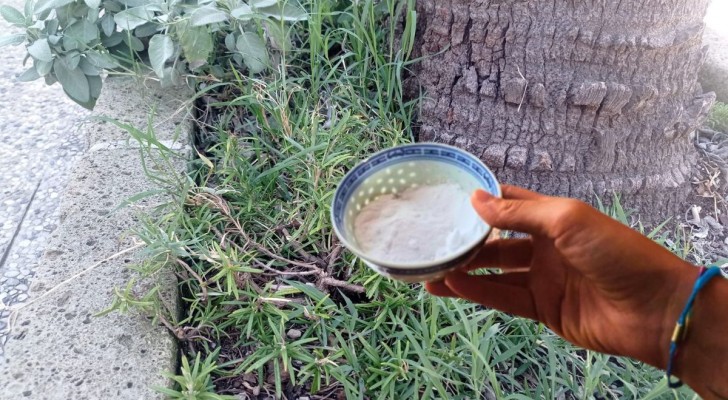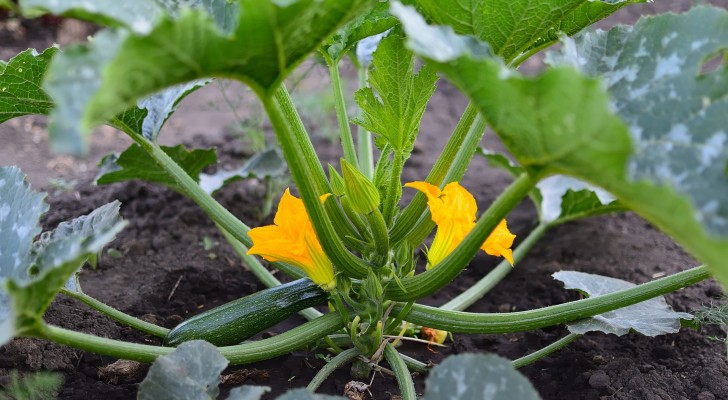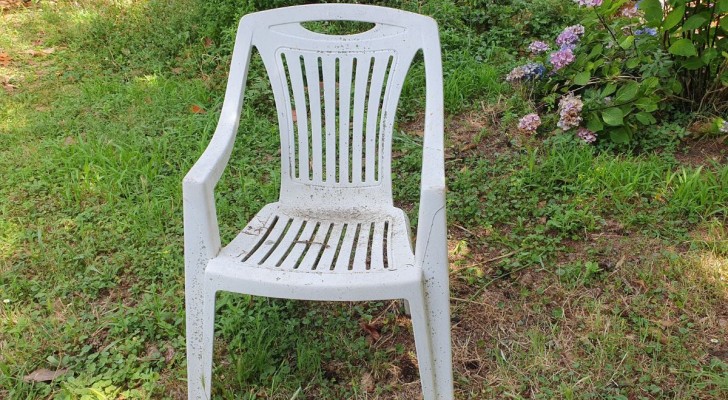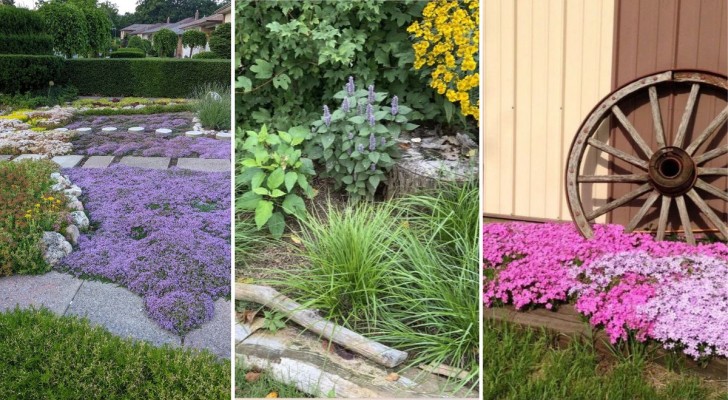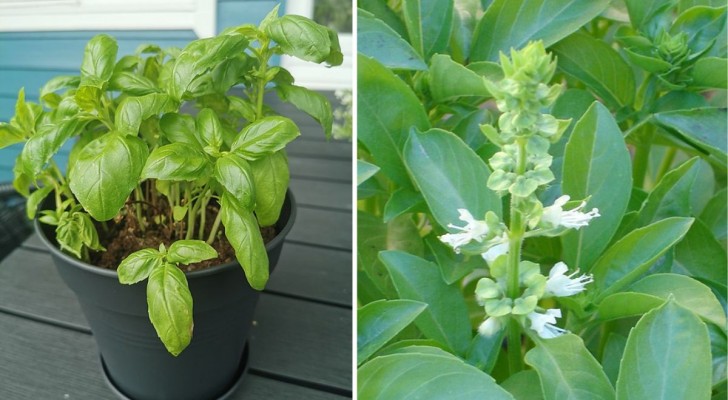Improve the quality of the soil in your garden or veggie patch with the jar test!
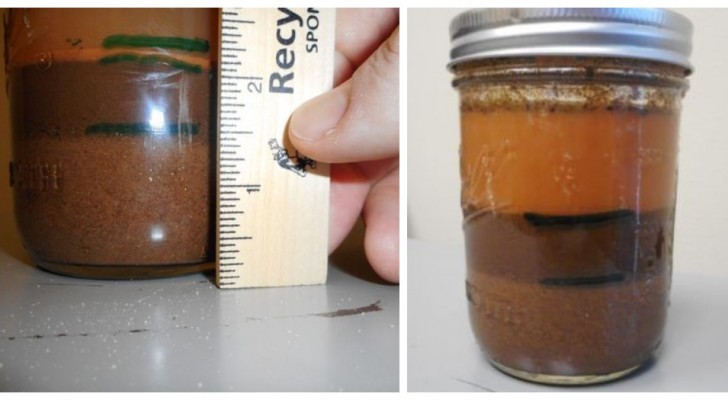
To achieve lush and beautiful plants - whether they are the ornamental ones in the garden or those that give us food and fruit to harvest from the orchard / veggie patch - one of the fundamental determining factors is the quality of the soil. If it is too dry and sandy, or on the contrary, too wet and has too much clay, it will force us to choose one type of plant rather than others - even if the exposure and climate conditions would have otherwise allowed for a wider selection.
However, it is possible, to a certain extent, to "adjust" the quality of the soil so that we can grow our plants more successfully. And the fundamental starting point is to understand what the composition of the soil so we know how, and with what, to intervene: to do this, you can use a simple test, which involves the use of a glass jar and very little else.
via Clemson Cooperative Extension
When we talk about the composition of the soil, we refer to the substances present within it, and which have a different grain size. These elements are: typically sand, which has larger grains; clay, which is thinner, and; silt, which is somewhere in between these two grain size types. An optimally balanced soil has a composition distributed in the follwing way: 40% sand, 40% clay and 20% silt. This will result in a soil rich in nutrients and minerals.
So how do we determine what is the distribution of these various components in our garden or veggie patch? The jar test can help.
All you need is:
- A large glass jar with a smooth, straight wall
- A permanent marker
- A ruler
- A clock
- A spoonful of powdered dishwashing detergent
- A sieve (kitchen ones are fine too)
- Use the sieve to separate the earth from pebbles, pieces of wood and other foreign objects.
- Fill the jar with soil up 2/3rd's of its capacity.
- Add clean water to the top of the jar.
- Pour in the dish washing powder .
- Close the jar tightly and shake it vigorously until a homogeneous mixture is created.
- Place the jar on a flat surface and wait for one minute.
- With a felt-tip pen, mark the level reached by the sand that will have been deposited on the bottom.
- After two hours, use the felt-tip pen to mark the next higher layer, which will be the silt.
- After 48 hours, mark the top layer, which will be clay.
At this point you can measure the three levels with the ruler, and determine in what percentage they are present in the soil sample you have examined. Depending on the ratios obtained (compared to the ideal of 40-40-20 indicated above), you will understand which component is lacking and therefore must be added to the soil. You can find useful information for this analysis by clicking on this link.
This is a really easy method to try at home!
